Touching Enlightenment: Finding Realization in the Body
by Reginald A. Ray
This book explores the concept of "touching enlightenment with the body" through the lens of Buddhist meditation, specifically Tibetan Yoga (Vajrayana). Ray argues that modern Buddhism has lost touch with its somatic roots, leading to a disembodied approach to practice that often yields limited results. He presents a compelling case for the body as the central gateway to enlightenment, advocating for a return to a more embodied way of meditating.
Key Arguments:
- Disembodiment is a pervasive problem in modern society: Ray connects the global crisis with a widespread disconnect from the body, fueled by the modern focus on control, exploitation, and rationalization. We are no longer attuned to the wisdom of the body or the interconnectedness of all things.
- Modern meditation practices have become disembodied: Many Western practitioners have adopted techniques that focus primarily on mental stillness (shamatha) without fully engaging the body, leading to a limited understanding of the path.
- Tibetan Yoga offers a somatic approach to enlightenment: Ray draws from Tibetan Yoga, which emphasizes embodiment and emphasizes the body as a direct path to realization. It involves engaging the body through specific protocols, releasing tension, and cultivating a deeper awareness.
- The body has its own agenda: We are not the sole arbiters of our journey. The body, as the buddha nature, communicates with us through sensations, emotions, and pain, guiding us toward a more authentic and fulfilling life.
- Karma is a process of embodiment: Our karmic baggage is stored in our body. By engaging the body work, we can bring this unresolved karma to consciousness, experience it fully, and resolve it, ultimately dissolving the ego.
- The three bodies: Ray introduces the concept of the three bodies: the physical, the interpersonal, and the cosmic. By opening to these layers of our being, we can realize our true interconnectedness and expand our awareness.
- Chaos is good news: By embracing the chaos of life's unexpected events, we can let go of our rigid self-concept and open to a more expansive sense of being.
- The body is the buddha nature: Our true nature is revealed through the body, not through transcending it. By engaging in somatic practices, we can access our inherent wisdom, warmth, and strength.
Key Practices:
- Somatic Shamatha: Cultivating deep relaxation and peace through mindful awareness of the body.
- Somatic Vipashyana: Cultivating clear seeing and insight through a deep connection to the body.
- The Ten-Points Practice: A fundamental practice for developing body awareness, releasing tension, and grounding in the earth.
- Earth Descent/Breathing: A technique for extending awareness into the earth, connecting with a sense of grounding and spaciousness.
- Threefold Breathing: A practice for opening and relaxing three key areas in the body: the lower belly, midchest, and upper chest.
- Cellular Breathing: A powerful technique for bringing breath and awareness to every cell of the body, awakening its inherent vitality and intelligence.
Key Implications:
- Reclaiming our embodiment is key to addressing both personal and global crisis: Ray suggests that embodied awareness is essential to creating a more compassionate and sustainable world.
- The journey to enlightenment is a continual unfolding: It involves a process of shedding false self-concepts, engaging with the shadow, and experiencing the totality of our being.
- Individuality is not a matter of ego, but of embracing the vastness of our true nature: Through the body work, we discover that our deepest self is not a fixed entity but an ongoing process, ultimately intertwined with the cosmos.
Ultimately, Touching Enlightenment offers a practical and experiential approach to Buddhist meditation, reminding us that the path to awakening lies not in escaping the body, but in fully inhabiting it and realizing our true nature through its wisdom and grace.
